Why That One Room in Your House is Always Cold (And Which Designer Radiator Will Finally Fix It)
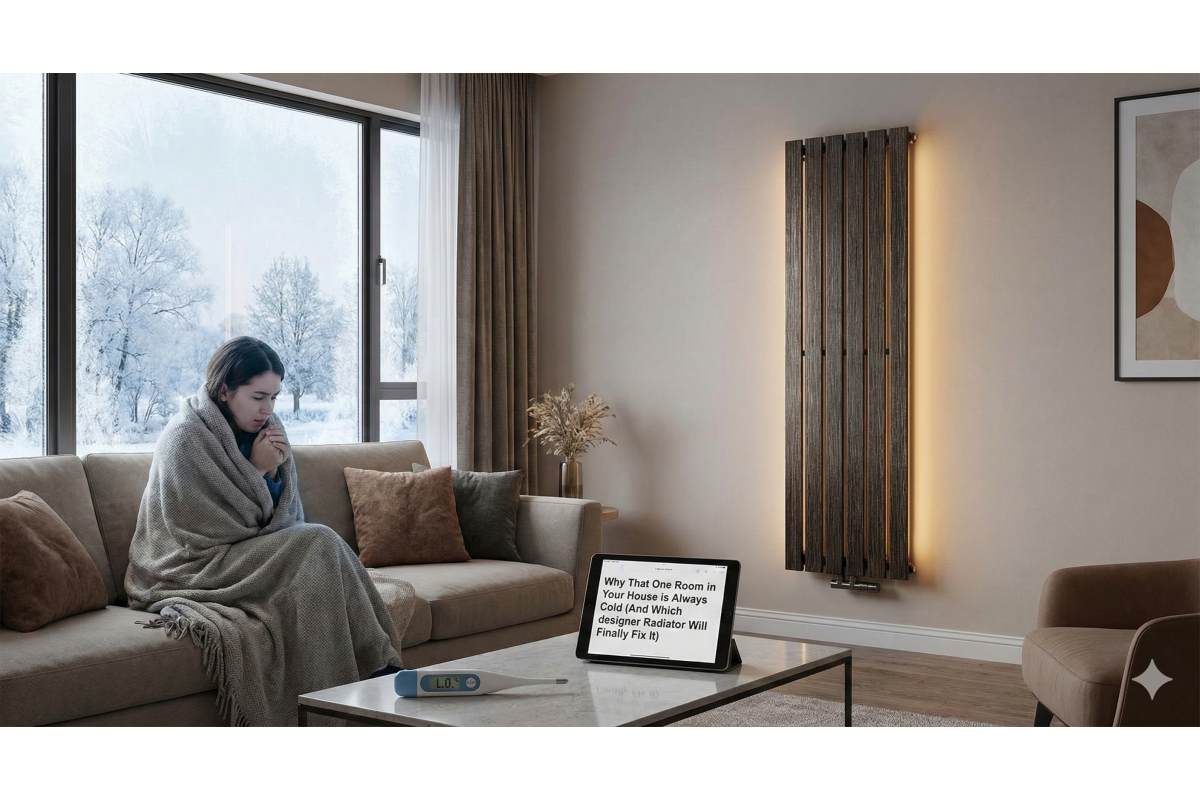
We all know that feeling. You walk from your warm kitchen into the hallway or the spare bedroom, and you shiver. The temperature drops. It feels like you have stepped outside. This is the "cold room." It is a very common problem in homes across the UK. You might turn up the thermostat to try and fix it. But then the rest of the house gets too hot, and your energy bill goes up. This is frustrating. It is also a waste of money.
Many things can cause a cold room. It could be thin walls. It could be a drafty window. Often, the problem is the radiator itself. It might be too small. It might be full of dirt. Or it might just be the wrong type for the room. Fixing this does not always mean building new walls. Sometimes, the answer is a simple upgrade to your heating system.
The good news is that heating technology has improved. In the past, radiators were just white metal boxes. Today, we have better options. If you want to solve the cold room problem permanently, you should consider upgrading to high-performance Designer Radiators. These modern units are built differently. They use better materials. They are designed to push heat into the room faster. They can turn a freezing space into a cozy one.
Why Is That One Room So Cold?
To fix the problem, we first need to know why it happens. Heat is like water. It wants to escape. It moves from warm places to cold places. In a house, heat tries to get outside through the walls, the roof, and the windows. A cold room usually loses heat faster than the radiator can put it back in.
Old houses in the UK often have solid walls. These walls let heat pass through easily. If your room has two outside walls, it loses heat twice as fast. Large windows are also a weak spot. Even double glazing loses heat faster than a wall. If your radiator is old or small, it cannot fight this heat loss. The room stays cold.
Another reason is air flow. Cold air can sneak in through gaps in the floor or around doors. This is called a draft. If a room is drafty, the warm air blows away before you can feel it. You need a powerful heat source to combat this.
The Problem with Old Standard Radiators
Most homes have standard panel radiators. They are made of mild steel. They are cheap and cheerful. But they are not always efficient. Builders often put in small radiators to save wall space. They guess the size instead of measuring. This leads to undersized radiators. An undersized radiator is like trying to fill a bath with a teacup. It just cannot keep up.
Also, standard radiators can be slow. They take a long time to heat up. If you only turn your heating on for an hour in the morning, a slow radiator might only get hot right before you leave. The room never gets a chance to warm up.
This is where budget radiators can help. You do not need to spend a fortune to get a better heater. Newer models are designed to work harder and look better.
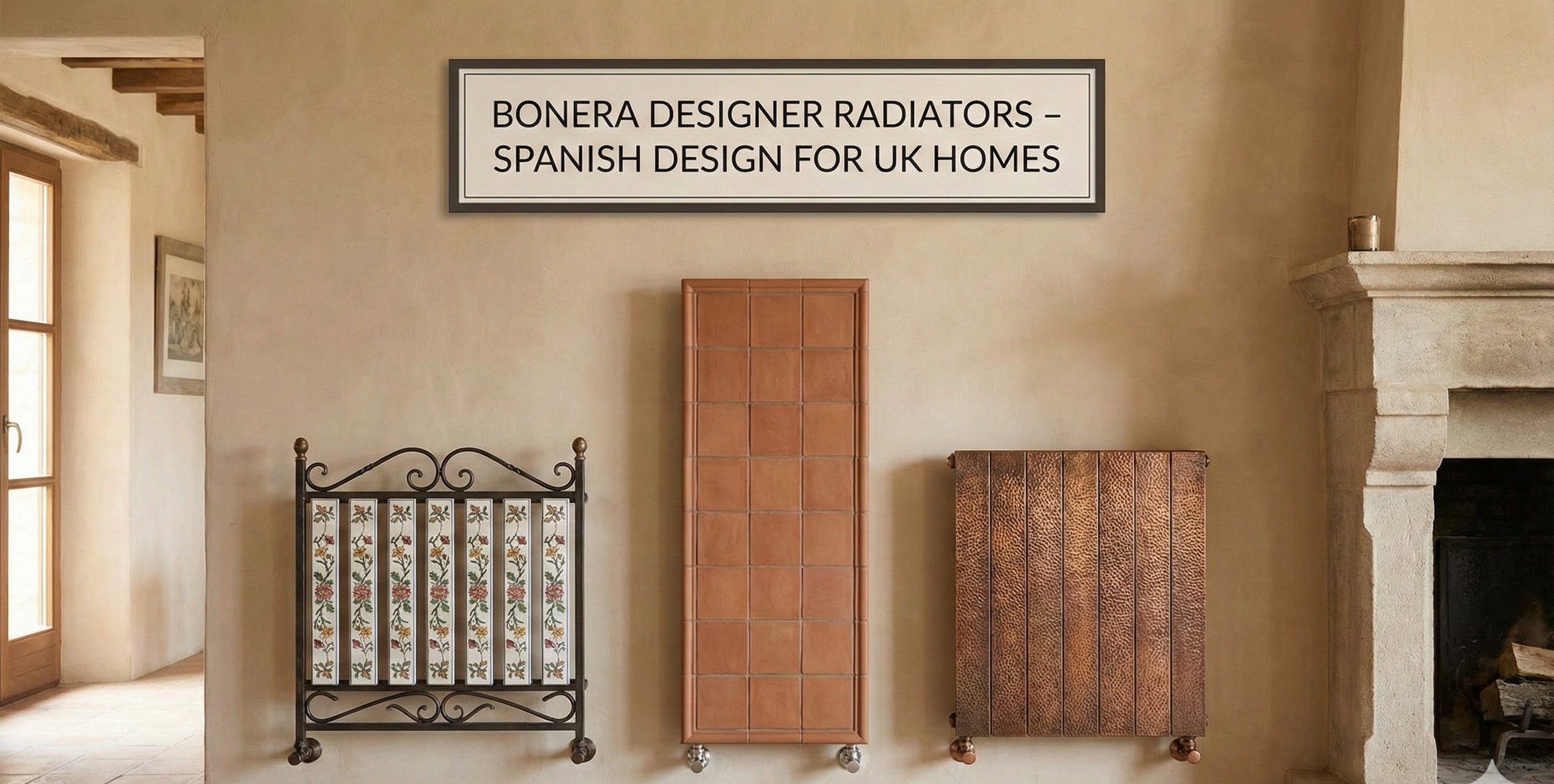
Choosing the Right Material: Speed vs. Strength
Not all radiators are the same. The metal they are made of changes how they work. If you have a cold room, the material matters a lot. There are three main choices: mild steel, aluminium, and cast iron.
1. Mild Steel This is the most common type. It is strong and reliable. It holds heat for a little while after the boiler turns off. Many affordable radiators are made of steel. They are a good choice for most rooms. Modern steel designs, like the Reina Bonera shown above, have more surface area than old panels. This means they give out more heat.
2. Aluminium Aluminium is a superhero for cold rooms. It conducts heat 5 times faster than steel. This means it gets hot very quickly. As soon as your heating turns on, an aluminium radiator starts working. This is great for a home office or a bedroom that is cold in the morning. It is also very light. Many silver designer radiators are made from aluminium. They look sleek and work fast.
3. Cast Iron Cast iron is heavy and thick. It takes a long time to heat up. But once it is hot, it stays hot for hours. This is good for old, drafty living rooms with high ceilings. It gives a steady heat.
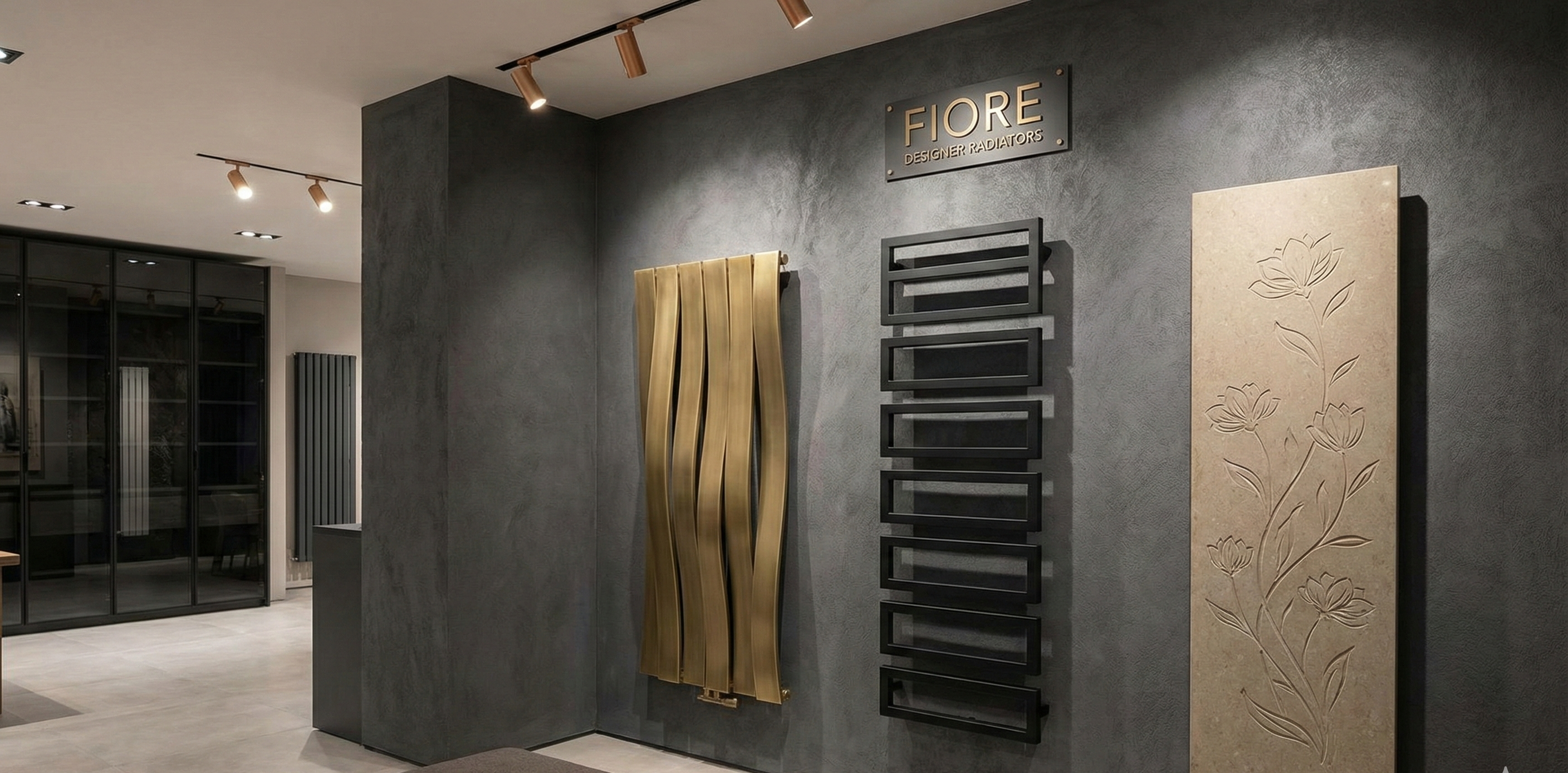
Go Vertical to Save Space and Increase Heat
Sometimes a room is cold because there is no space for a big radiator. You might have a sofa on one wall and a cabinet on the other. A small radiator gets tucked behind a door. This is not enough to heat the air.
The solution is to go up. Vertical radiators use the height of the wall. You can fit a very large radiator in a narrow gap. This gives you a huge amount of heat without losing floor space. Vertical radiators also create a "chimney effect." They pull cold air from the floor, heat it up, and push it out the top. This circulates warm air around the room better than a short radiator.
If you look for budget radiators uk, you will find many vertical options. They are stylish and practical. The Coredo model is a great example. It has long columns that hold a lot of hot water.
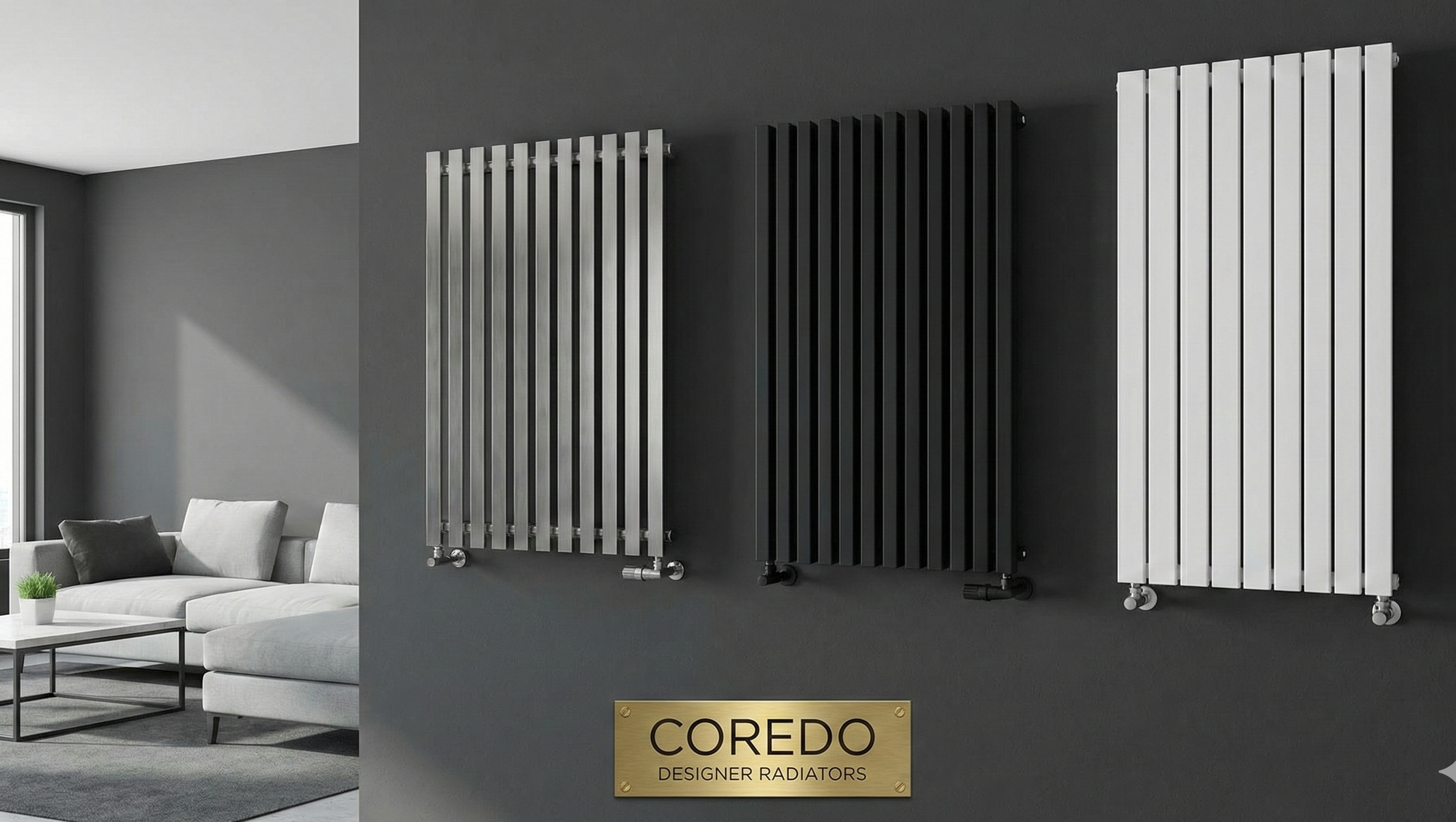
Do The Math: Calculating BTUs
You cannot guess the size of a radiator. You need to measure. The power of a radiator is measured in BTUs (British Thermal Units). If your room needs 5000 BTUs and you buy a radiator that only gives 3000 BTUs, the room will stay cold. It is simple math.
To find out what you need, you can use a simple rule. First, measure the volume of the room in meters (Length x Width x Height). Then multiply this number. For a living room or bedroom, multiply by 50. For a bathroom or kitchen, multiply by 60. If you have a north-facing room or big windows, add 15% to the total number.
This number is the Watts you need. To get BTUs, multiply the Watts by 3.4. Once you have this number, you can shop for value radiators that match your needs. Always aim a little higher than the number. You can turn a big radiator down, but you cannot make a small radiator give more heat.
For modern homes, clean lines work best. The Line radiator is sleek and simple, but it packs a punch with heat output.
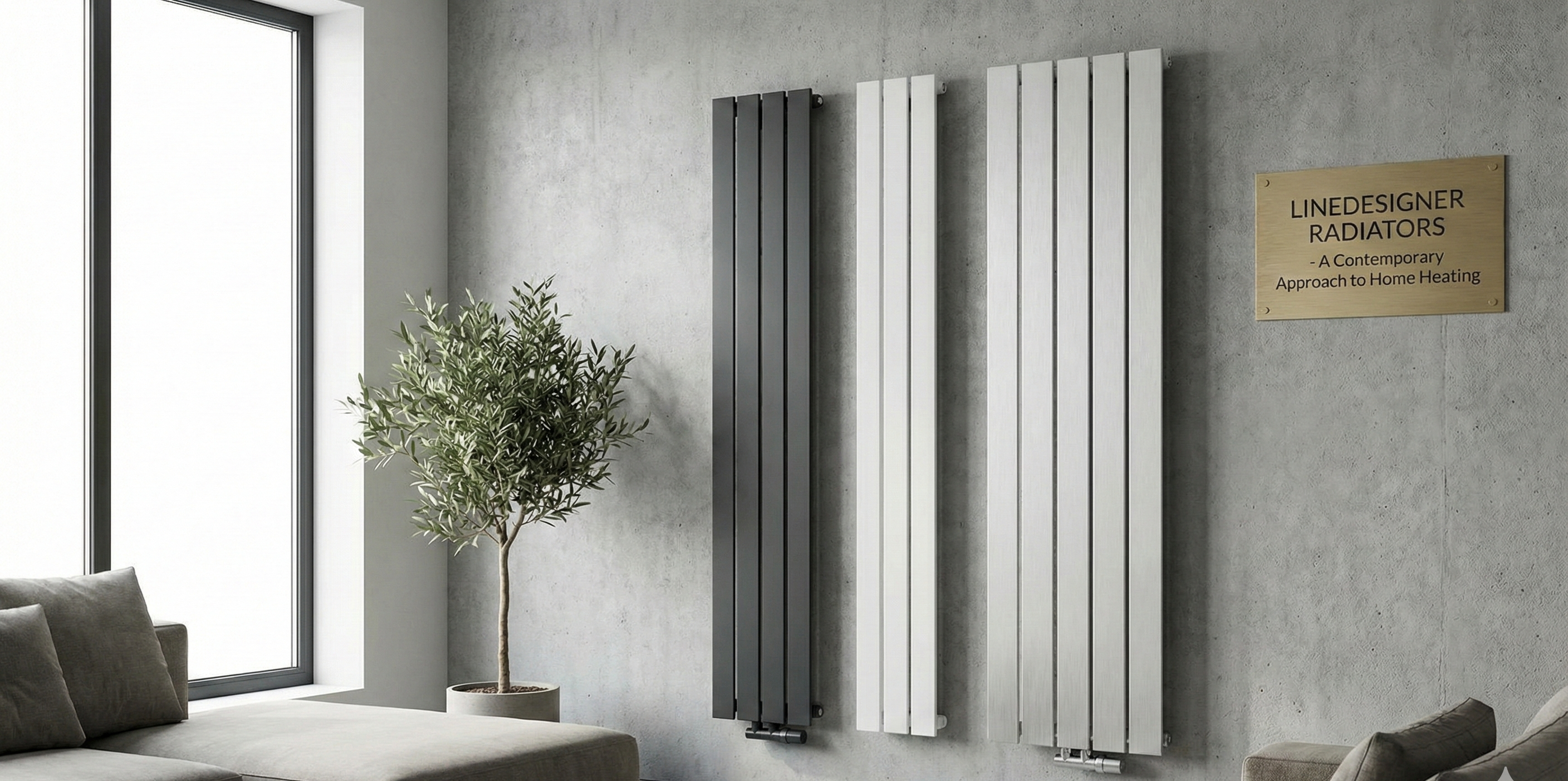
Check Your System Health
Sometimes the radiator is fine, but the water inside is the problem. Over time, heating systems get dirty. The metal pipes rust inside. This creates a black mud called sludge. Sludge is heavy. It sinks to the bottom of your radiators.
If your radiator is hot at the top but cold at the bottom, you probably have sludge. This mud stops the hot water from touching the metal. It acts like a blanket, keeping the heat inside the radiator instead of letting it out into the room. Statistics show that sludge causes about 60% of boiler breakdowns in the UK. It also makes your bills higher.
Another issue is balancing. Hot water takes the easiest path. It flows to the radiators near the boiler first. If your cold room is far away, the hot water might run out of energy before it gets there. You can fix this by adjusting the valves on the other radiators to slow them down. This forces more hot water to the cold room. Balancing your system can save you 8.8% on energy costs.
When you replace a radiator, it is a great time to clean the system. Flushing out the sludge ensures your new low cost designer radiators work perfectly from day one.

Finding a Bargain Without Losing Quality
You might worry that a "designer" radiator is expensive. It sounds fancy. But this is not always true. There are many cheapest radiators uk retailers that offer high-quality goods. You just need to look in the right place. The term "designer" often just means it is built better than the standard white panel.
When shopping for bargain radiators, look for the warranty. A good affordable designer radiator should have a guarantee of 5 or 10 years. This shows the manufacturer trusts it. You can find best budget radiators that look like art pieces but cost the same as standard models. These are often called value radiators. They give you the best of both worlds: style and heat.
Remember, buying a cheap radiator that doesn't work is a waste of money. Spending a little bit more on the correct size and style is an investment. It lowers your bills because you stop overheating the rest of the house just to warm up one room.
Summary: How to Fix Your Cold Room Today
Living with a cold room is miserable. It is bad for your house and bad for your health. But you do not have to accept it. The problem is usually simple physics. The heat going in is less than the heat going out.
To fix it, follow these steps:
- Check for drafts: Seal gaps around windows and doors.
- Calculate BTUs: Measure your room and find out exactly how much power you need.
- Choose the right material: Use aluminium for fast heat or large steel columns for high output.
- Go Vertical: Use height to get a bigger radiator in a small space.
- Clean the system: Flush out the sludge so the water flows freely.
By installing a modern, efficient radiator, you can transform your home. You can turn that ice-box bedroom into a warm sanctuary. You can make your hallway welcoming. Take action today. Browse the range of radiators and find the perfect fit for your home.
Shop our chaep and affordable designer radiator Models
